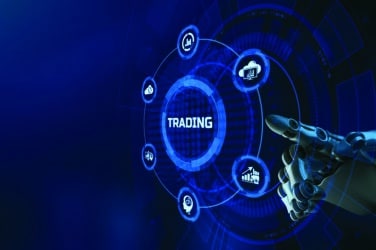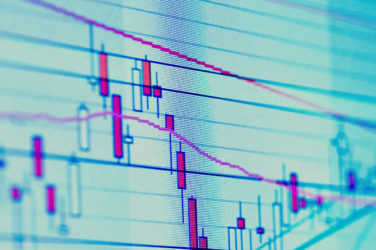
The role of the sell-side trader is being reassessed in light of technological and structural change in markets.
The sell side trader has been under a lot of pressure in the last few years, according to a report by research firm Celent. A number of developments, including the financial crisis and the rapid technological progress made in the capital markets, have meant that the trader’s role has had to evolve rapidly, according to a report by research firm Celent.
“Due to financial pressures, firms have to choose between traditional and automated trading,” said Anshuman Jaswal, senior analyst with Celent’s Institutional Securities & Investments Group and author of the report. “While some investment banks have gone for a mix of the two, it is important that all trading firms consider the issues involved and make a conscious choice, else they risk being caught out.”
The Celent report considers the various factors that will shape the role of a trader in the next few years. These include technology, the economic environment, the regulatory framework, the evolution of the capital market themselves and the rise of Big Data and social media.
It studies the evolution of the role of the sell side trader, and also considers the changes in the role of their buy side counterpart. Rapid technological advancements are also highlighted by the role of social media in trading. Regulation and compliance are important issues that have impacted trading.
“The intent on part of the employers is to hire a new breed of traders,” said Jaswal. “There is a requirement for an individual who is more quantitative and technology oriented, yet is able to build client relationships that are strong enough to be able to anticipate clients’ requirements at least some of the time and address their current needs all the time.”
Automated trading has made strong inroads into traditional trading, but not all is doom and gloom for the average human trader. In a number of areas of the sell side trading desk, the high-touch trader still has a part to play.
Not all asset classes have gone the way of equity and FX when it comes to high frequency trading; in most markets, fixed income and credit markets are still catching on when it comes to algorithmic trading, the report noted.
“Technological advances and shifts in market structure have added to the appearance of liquidity as volumes and turnover levels have increased, but have not added to the depth of the markets as measured by occasional increases in bid-offer spreads and decreasing average sizes of block trades,” said Dana Emery, chairman of the Treasury Borrowing Advisory Committee of the Securities Industry and Financial Markets Association, in a July 2013 letter to the U.S. Treasury.
The operating cost of a traditional sales desk can be high, and this can be an incentive to increase use of technology and reduce manpower, although the latter does not come cheap either, and there is a trade-off that has to be made, said Celent. Similarly, the complexity of the product plays an important part because the likelihood of a plain vanilla product being traded using high-frequency trading is much higher.






